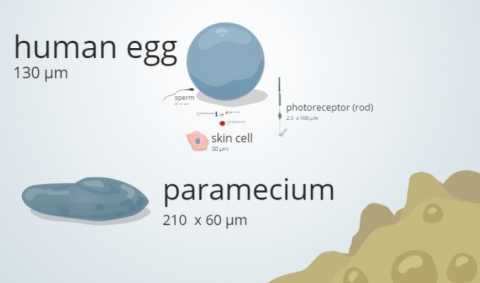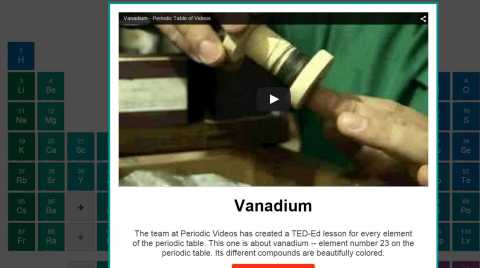The chemistry of making cookies. Video
Here is a video that discusses all of the chemical reactions that occur when cooking a cookie. Great video to show the science behind cooking.
Here is a video that discusses all of the chemical reactions that occur when cooking a cookie. Great video to show the science behind cooking.
Steve Spangler demonstrates the power behind friction using two notebooks. This can also be done using your textbooks. Variable to the experiment is to test the strength of the friction after 1, 5, 10, 20, and 40 overlapped pages.
Have you ever tried to teach your students that sleep is important? Here is a video that discusses sleep importance and what happens when you don't get enough or too much sleep.

Here is a website that has a sliding animation to demonstrate the size of cells and compares them to many other objects including viruses, parts of cells, and bacterium. This would be a great visual for your students when introducing the cell.
In this catchy video, students can learn about the different layers of the Earth in a fun and engaging way through song. The video covers the crust, mantle, outer core, and inner core while also discussing convection and the supercontinent Pangaea. The animation and visuals help students visualize the layers and the concepts discussed.
At the end of the video, viewers are encouraged to continue exploring EducationalResource.org for more educational resources, including videos, worksheets, and labs to enhance their learning experience.
Learn about the incredible adaptations of butterflies in this fascinating video. Discover how these beautiful creatures have evolved to protect themselves and attract mates. From camouflage to mimicry, you'll see some amazing examples of adaptation in action. Keep exploring for more educational resources including worksheets, activities, and videos at http://EducationalResource.org.
Watch and learn how bats transmit diseases and viruses and why so many bats carry viruses.
In this video, viewers will learn about how Lord Kelvin attempted to determine the age of the Earth, as well as why the Earth becomes warmer as you go deeper into it. The video also covers various topics related to the Earth's structure, such as the layers of the Earth, convection currents, volcanoes, and plate tectonics. Whether you're a student studying geology or someone simply curious about the planet we call home, this video will provide a fascinating insight into the workings of the Earth.

Here is a website that shows the periodic table of elements. What is unique about it, is that for each element there is a linked video file describing it and showing it off.

A worksheet for your students to practice Punnett Squares, deciding between heterozygous and homozygous, and describing the genotype and the phenotype. The worksheet uses characters from Sponge Bob.